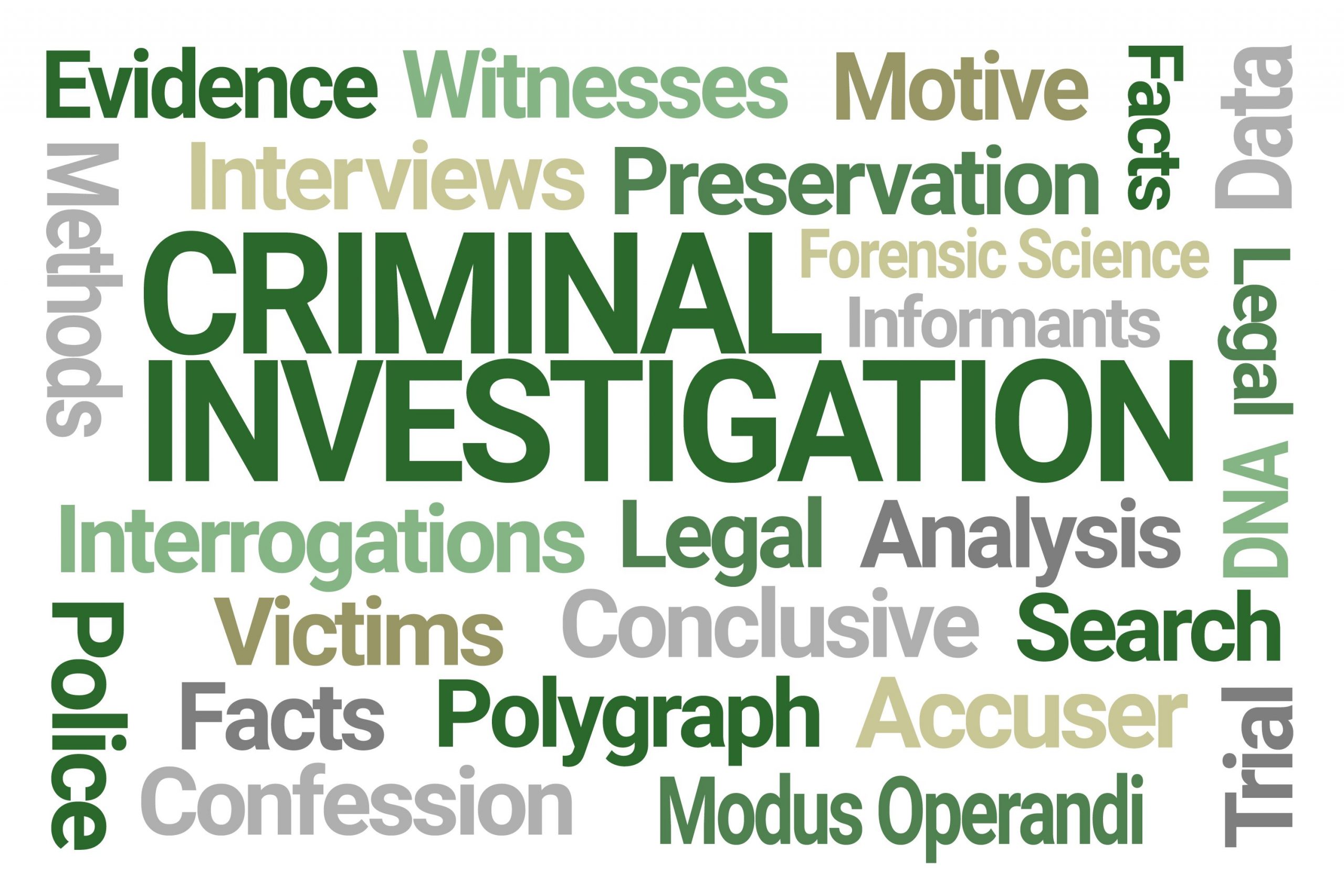
Crime Scene Reconstruction & Analysis
Introduction.
Crime scene reconstruction and analysis involves a lot of different steps not only from the fields or disciplines of criminology but also psychology as well as sociology and theological implications. Forensics is a very vast field that covers not only victimology, criminal evidence, forensic pathology as well as sexual offenders.
This video will cover very briefly a case that I had many years ago and how I used crime scene reconstruction and analysis as well as criminal profiling that helped me immensely in solving the murder of this young child. I invite you to look at several other different videos that we have regarding both criminological and psychological that describe and discuss both lifespan development and the psychosocial construction of a person’s outlook on life.
Overview of Steps Involved
• Because crime-scene reconstruction develops a likely sequence of events at a crime scene with physical evidence, testimony, and reenactments, proper documentation and collection
methods must be used for all types of evidence.
• Investigative personnel may bring some expectations or biases to reconstruction, and these can have a negative effect on the process. It is, therefore, very important for personnel to
practice objectivity, or professional distance.
• The processes of deductive reasoning, inductive reasoning, and falsifiability are very important to the reconstruction process, but they must be differentiated and used properly.
• Investigators must be aware that the fallacies of bifurcation, generalization, and false linkage can impede a search for the truth. Avoiding these fallacies will help investigators
maintain objectivity throughout the reconstruction.
• Crime-scene reconstruction is a team effort that requires the expertise of various professionals, depending on the kind of case.
• Information gathered from direct physical evidence provides a definite conclusion or direction, whereas circumstantial evidence provides a lead but no definite conclusion for
reconstructing the crime.
• Testimonial evidence from eyewitnesses is sometimes highly subjective and heavily biased and must be used in reconstruction only if it is corroborated by physical evidence.
• Reenactments of events at a crime scene can be carried out by live personnel, mannequins, or computer-generated models.
• Evidence used in a crime-scene reconstruction must have a complete and valid chain of custody.
• In order for physical or testimonial evidence to be used in reconstruction theories, the chain of custody of items and the integrity of testimonial evidence must be established.
• Individual items of evidence are first analyzed and tested separate from all other evidence; items should not be linked or grouped together during the initial phase of the
investigation. Once all items have been evaluated this way, they may be coupled with other items of evidence that are clearly linked.
• Different categories or types of crime-scene evidence have to be studied with very specific techniques and considerations during the investigation. The kinds of evidence that may be
found at a crime scene are highly diverse, and knowledge of techniques for processing each is needed to recover all pertinent information.
• The reconstruction team must bring together all the linked groups of evidence and information to form theories about how each group of linked items was created by individual events at
a crime scene.
